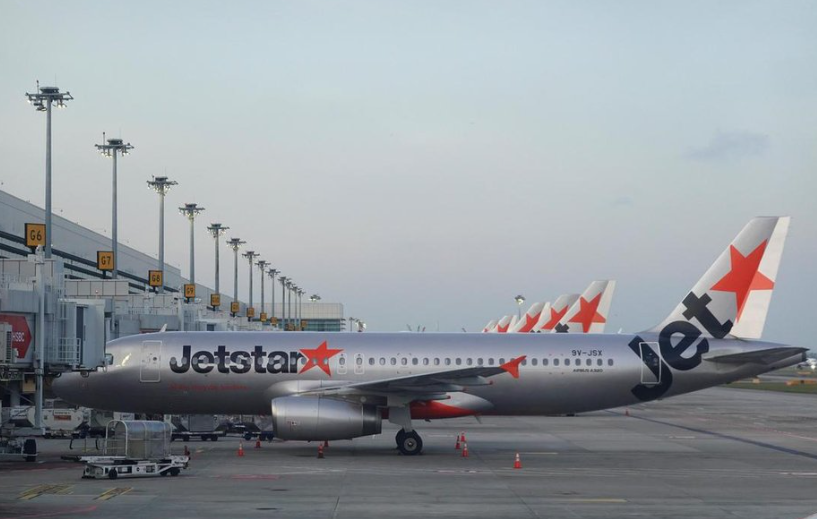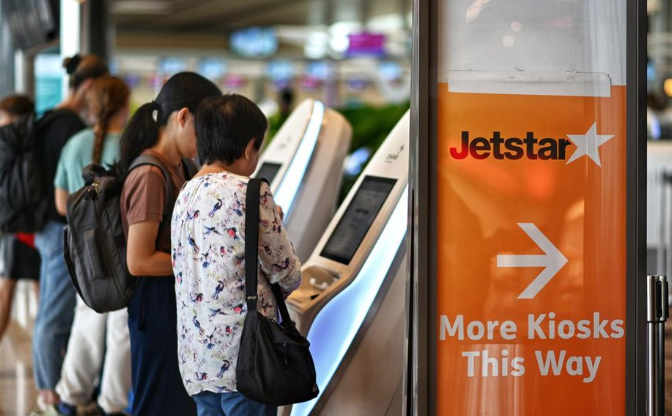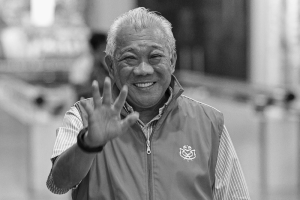Singapore-based low-cost airline Jetstar Asia will officially cease operations on July 31, 2025, after more than two decades in the skies. According to The Straits Time, the closure is part of a strategic overhaul by parent company Qantas, which says the move is necessary due to rising costs and tough market conditions.

Image credits: The Straits Time
More than 500 Singapore-based employees will be impacted, but the airline has promised support, including retrenchment benefits and job placement help, within or beyond the Qantas Group. In the lead-up to the shutdown, operations will gradually scale down its flight schedule, continuing limited flights until its final day.
Jetstar’s other branches:
- Jetstar Airways (Australia)
- Jetstar Japan
are not affected by this move.
What routes are impacted?
A total of 16 intra-Asia routes will be impacted. While many are also operated by other airlines, four destinations are exclusively served by Jetstar Asia from Changi Airport:
Exclusive Jetstar Asia Routes:
- Broome, Australia
- Labuan Bajo, Indonesia
- Okinawa, Japan
- Wuxi, China
Other impacted routes (served by other airlines as well):
- Bangkok, Thailand
- Bali (Denpasar), Indonesia
- Jakarta, Indonesia
- Kuala Lumpur, Malaysia
- Penang, Malaysia
- Manila, Philippines
- Phnom Penh, Cambodia
- Surabaya, Indonesia
- Clark, Philippines
- Ho Chi Minh City, Vietnam
- Siem Reap, Cambodia
- Yangon, Myanmar
According to Changi Airport Group (CAG), 12 of the affected routes are served by 18 other carriers, with over 1,000 weekly flights, so disruption is expected to be minimal for most passengers. For the exclusive routes, CAG is already working to fill the gap by engaging other airlines.

Image credits: The Straits Time
Why the shutdown?
Jetstar Asia cited rising supplier and airport costs, heavy competition, and a business model that’s no longer sustainable in the current climate. Qantas reported that some supplier costs have surged by up to 200%. Even before the closure, the airline was projected to post a loss of AUD 35 million (SGD 29.3 million) for the year.
CEO John Simeone said the decision wasn’t taken lightly.
“We’ve done everything we could, but in the end, the pressure was just too much to keep offering affordable fares.”
A dedicated help page for affected passengers has been set up, who will be offered either a full refund or an alternate flight option.
While it’s a tough goodbye for many, the 13 aircraft will be redeployed across Qantas Group operations in Australia and New Zealand.





